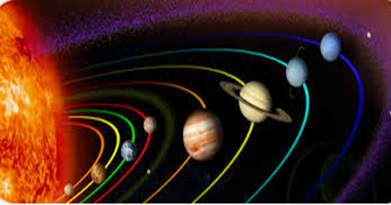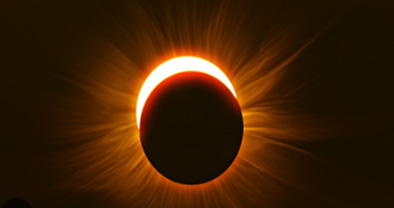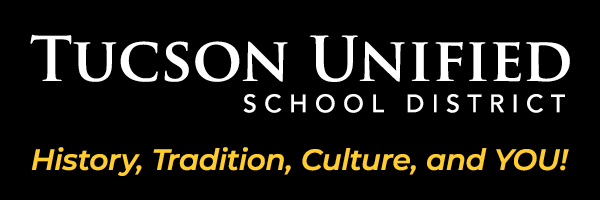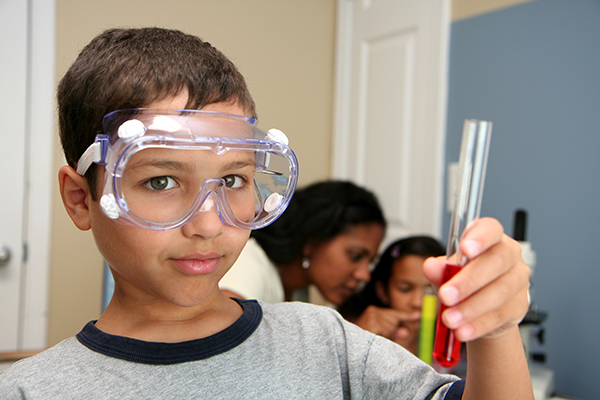High School Astronomy Course
How do fundamental principles of physics explain and connect phenomena across vastly different scales, from the behavior of everyday objects to the workings of the universe?
We launch the quarter by becoming masters of motion and balance! We're exploring the fascinating world of projectile motion, unraveling how launch angles, speeds, and even air resistance impact the path of flying objects. We’re learning to predict trajectories, estimate landing points, and understand how horizontal and vertical motion work independently. We're also delving into the forces that affect movement, particularly drag, and how it changes velocity and acceleration. Shifting gears, we're investigating the principles of balance and rotational motion. Students are exploring torque, lever arms, and rotational equilibrium, learning to predict how objects balance and tilt based on mass and position. Through hands-on experiments and puzzles, students are developing their proportional reasoning skills and mastering the art of balancing objects. Get ready for some exciting discussions about physics in action!

Next, we are exploring the fascinating world of waves and light and connecting it to our planet's climate! We're diving into standing waves on strings and vibrational frequencies, understanding how waves behave and interact. We're also investigating the speed of light, exploring how it travels through different mediums like air and water, and learning about phenomena like reflection, diffraction, and refraction. We'll even see how diffraction can reveal light's wavelike properties. Shifting gears, we're uncovering how cell phones use radio waves to communicate. Finally, we're connecting these wave concepts to climate science, studying greenhouse gases, thermal equilibrium, and radiative balance. Students will learn how greenhouse gases and clouds affect sunlight and infrared radiation, understanding how these interactions influence surface temperatures and contribute to climate patterns. Get ready for a week of exciting discoveries, from the smallest waves to the grand scale of Earth's climate!

This quarter, we are uncovering the powerful connections between electricity and gravity, from the microscopic realm of static charges to the vast expanse of space! We're exploring electric fields, electrostatic potential (voltage), and equipotential lines, learning how charges interact and create forces. Students will investigate the factors that influence these forces, make predictions about charge configurations, and visualize electric fields using vector addition. We're also diving into static electricity, modeling charge transfer, induction, and grounding. Then, we'll shift our focus to the universal force of gravity, revisiting Newton's Third Law and the inverse square law. Students will design experiments to explore gravitational force, calculate fundamental constants, and understand how gravity governs the motion of our solar system, including the relationships between the Sun, Earth, Moon, and space station. We'll even delve into detecting black holes and elliptical orbits. Through hands-on activities and conceptual models, students are building a comprehensive understanding of the forces that shape our universe, both electrically and gravitationally.

Lastly, we are embarking on a cosmic journey, exploring the vastness of space and the incredible processes that power it! We're starting by investigating how astronomers measure the immense distances to celestial objects, uncovering the ingenious methods used to chart the universe. We'll then delve into the surprising connection between minerals in our everyday devices and the elements forged in stars. Students will learn about eclipses and transits, witnessing the dynamic dance of celestial bodies. We'll also explore the Sun, understanding its nuclear fusion processes that release the energy sustaining life on Earth, and how stars create the elements that make up our world. Finally, we'll journey to the explosive end of massive stars, discovering how supernovae create the heavier elements that enrich the cosmos. Get ready for some stellar discoveries!

We are here to equip, inspire and enrich the strengths of all learners with relevant educational experiences for lifelong learning.
Every day we strive to provide a world-class education that is equitable, empowering and inspiring for all.
Learn more about our programs & resources.
C&I Department
520-225-6282
1010 E. Tenth St., Tucson, AZ 85719 Map (google.com)




